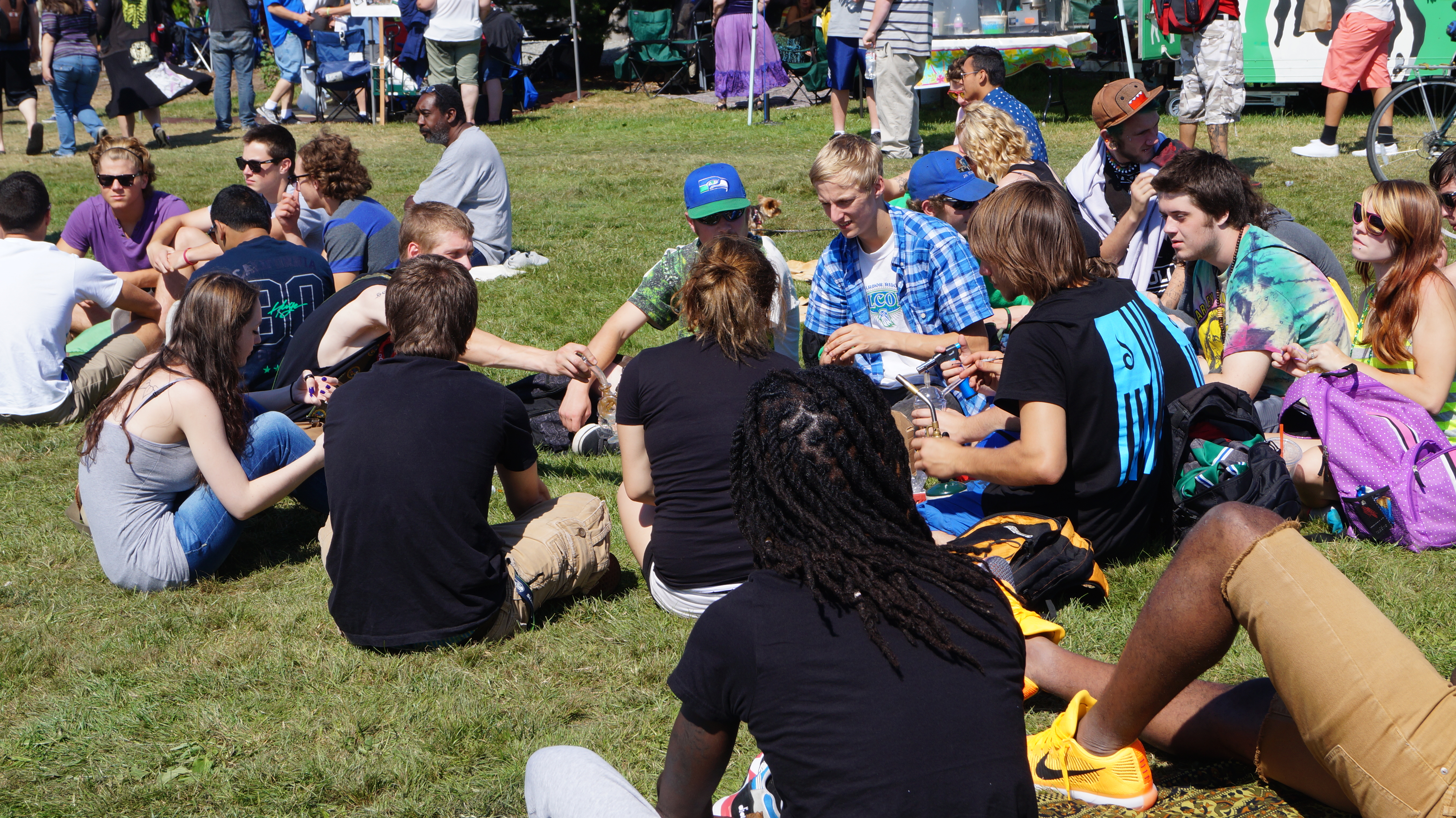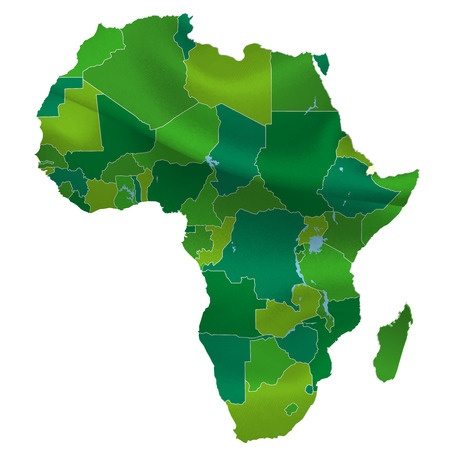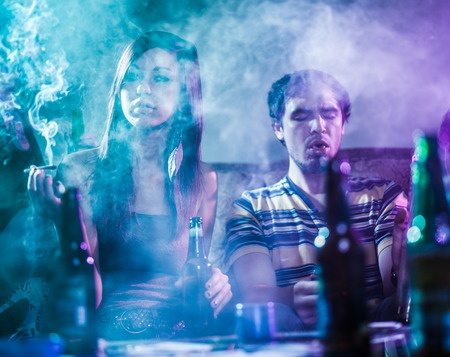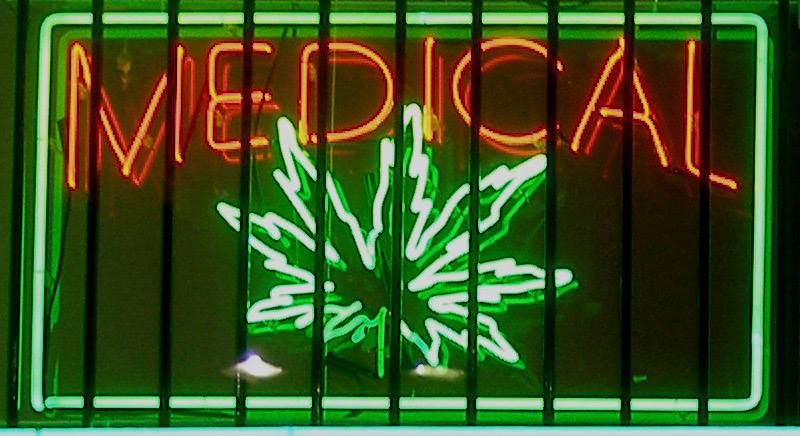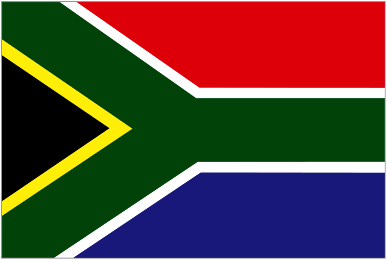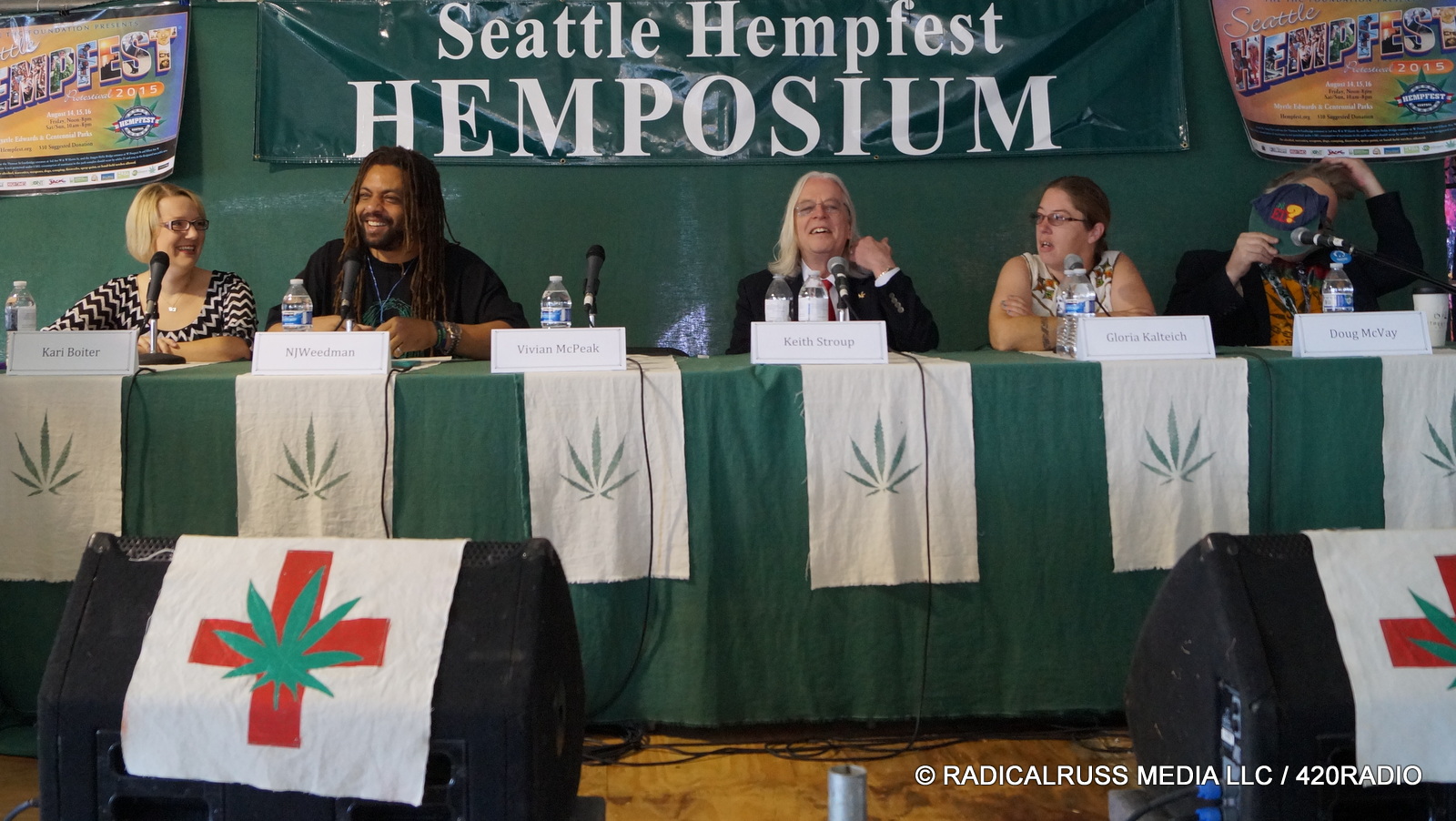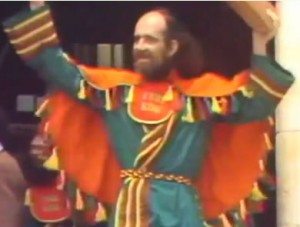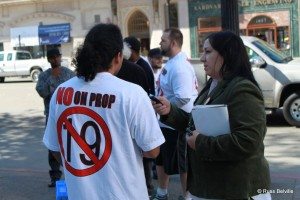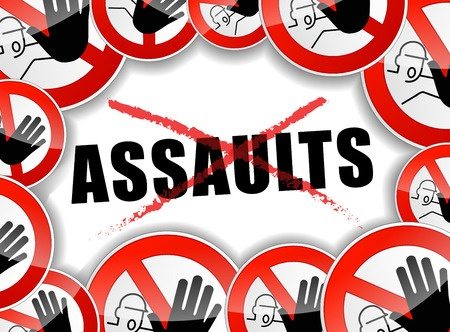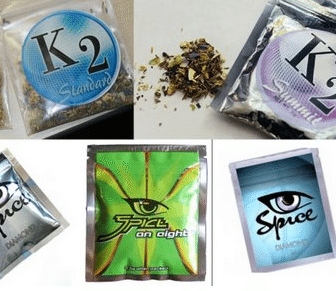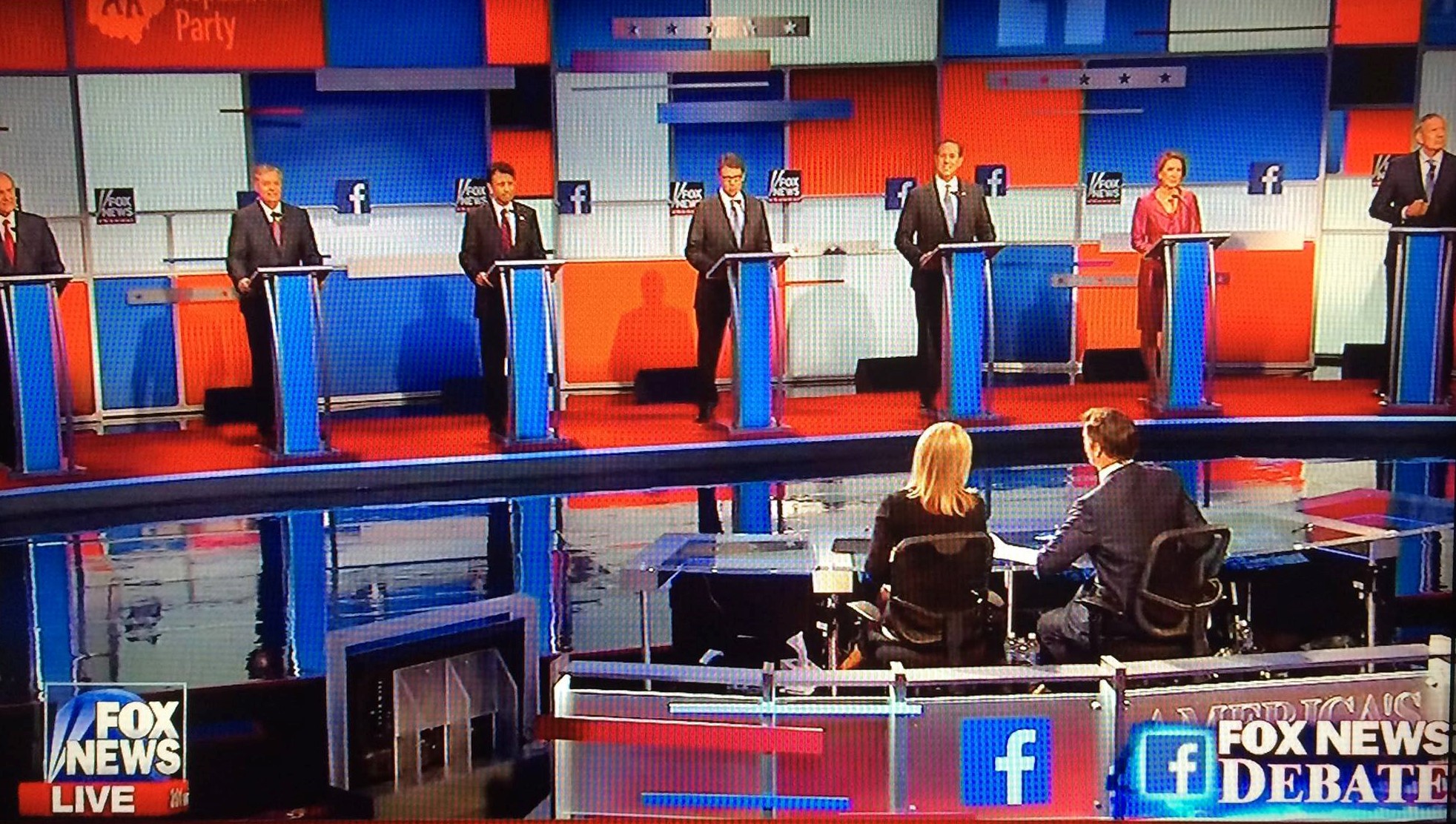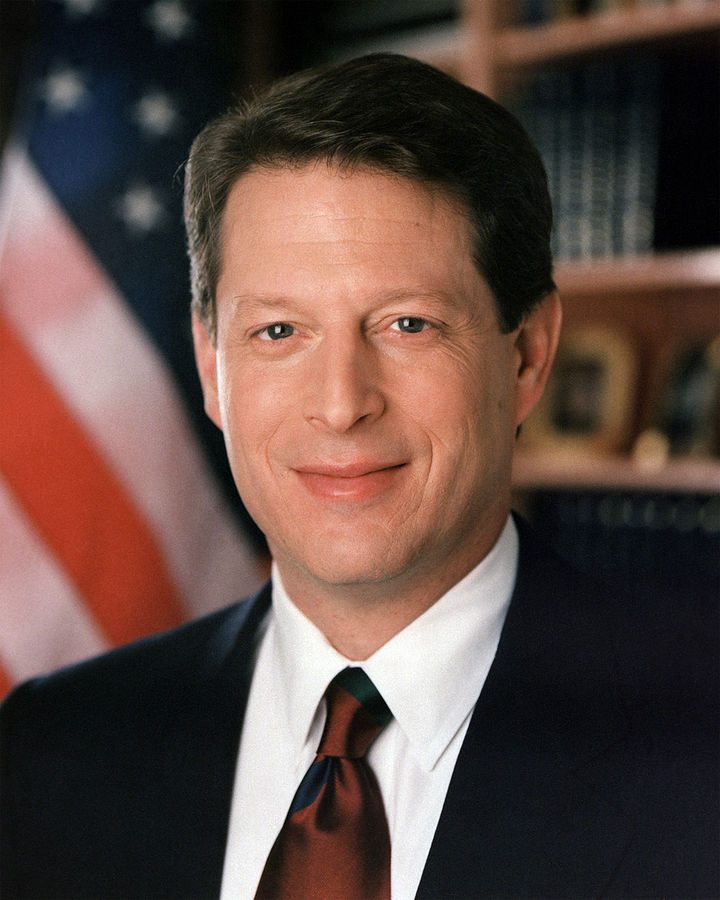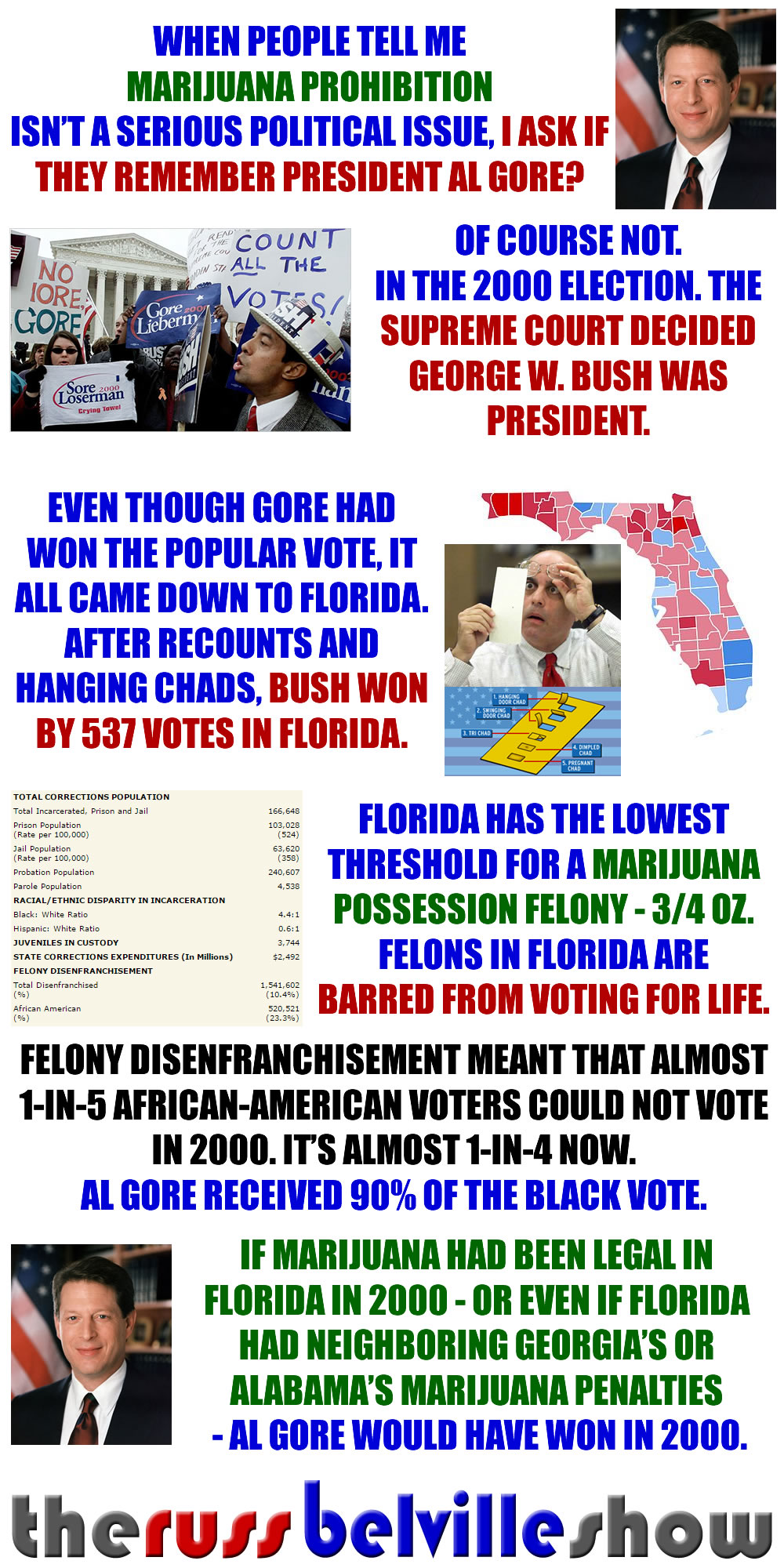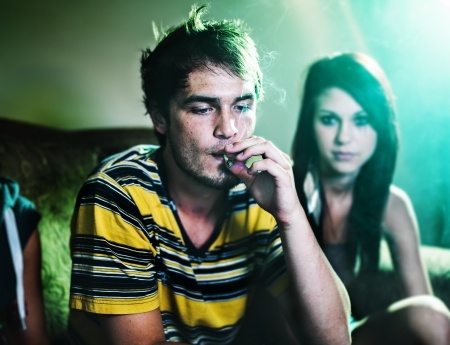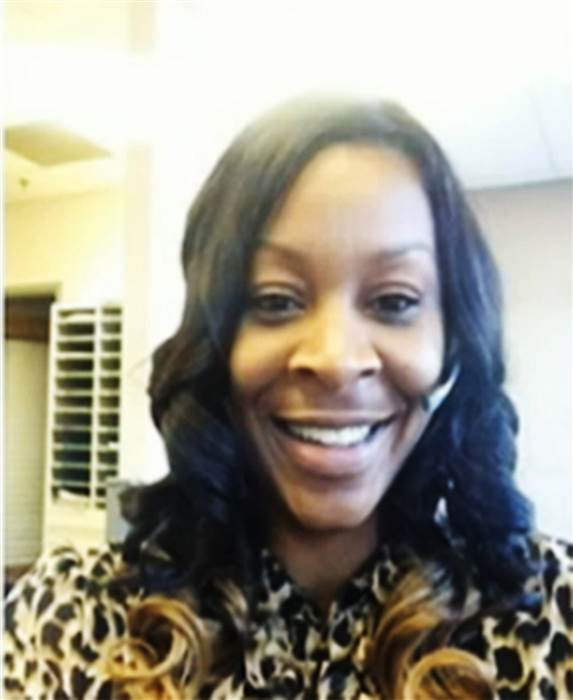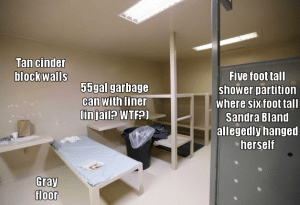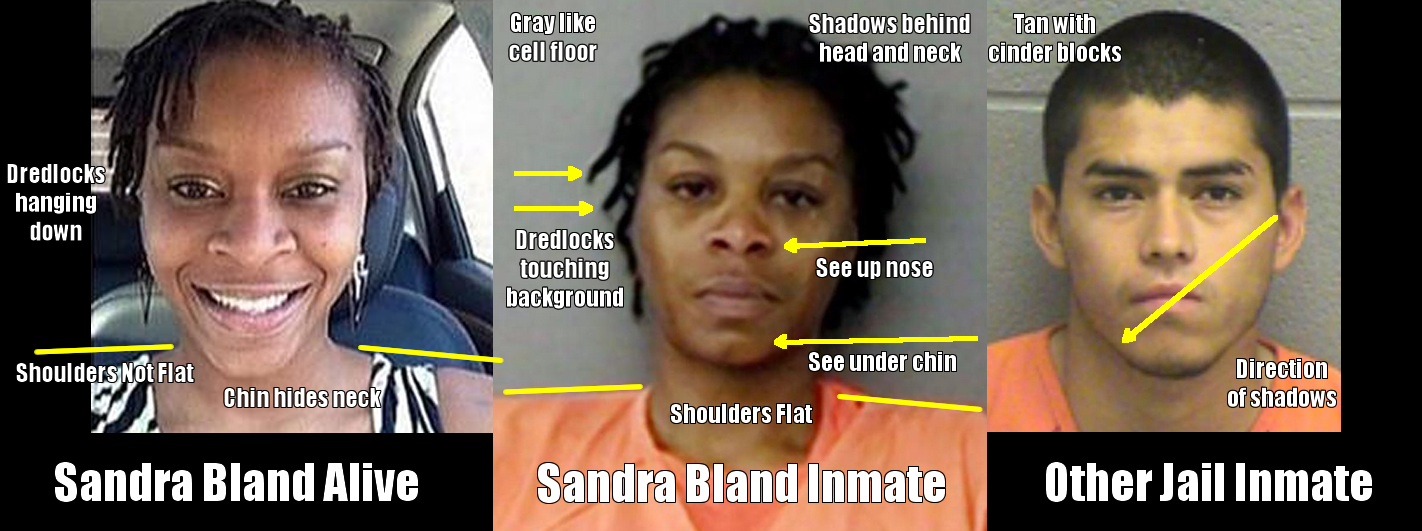I was riding my bike today on the Interstate 205 Multi-Use Path here in Portland (we have world-class biking infrastructure here) when I came upon a circle of young people sitting on the left side of the path. I’m unable to discern their ages, but I’d be surprised if any of them were eligible to run for the US House of Representatives (minimum age: 25). They were all intently watching as one young man was heating up the titanium nail on a bong (a “dab rig”) and preparing to share his marijuana extracts with his friends.
The visual was a little jarring. Seven young people, odds-on that most weren’t even 21 years old, staring at one guy using a hand-held blow torch just two feet away from parched yellow dry grass in the middle of a public place while Portland chokes on the smoke from raging wildfires.
If that visual upset me, imagine how the soccer mom running on the trail will see it, and how she might vote on the next marijuana issue that makes the ballot.

I’m age 47, so I’m straddling what is the newest generation gap in America – the 420/710 Divide. Ahead of me are my 420 stoner friends in the Baby Boom generation who denigrate the dab culture as a gluttonous, wasteful, abusive, and dangerous way to consume cannabis. Behind me are my 710 stoner friends in the Millennial generation who denigrate the herb culture as an unhealthful, wasteful, tedious, and anachronistic way to consume cannabis.
I’m barely old enough to remember 1978. I was ten years old. That was the year that NORML’s Keith Stroup and others in the nascent marijuana law reform movement of the early 1970s predicted that marijuana would finally be legalized at the federal level. President Carter had campaigned promising to decriminalize up to an ounce of marijuana in 1975 and by 1977 was making that demand of Congress.
But 1978 was the year the parents’ backlash begun. Nebraska was the last of eleven states to decriminalize marijuana in the Seventies. The president’s drug advisor, Peter Bourne, was caught in a prescription drugs and cocaine scandal. Carter backed off of any demands for marijuana reforms. Emboldened, Sue Rusche formed National Families in Action, a group that still propagandizes against pot to this day.
In 1980, Ronald Reagan was elected. HIGH TIMES’ December 1980 cover featured a sexy woman on a bed offering four lines of cocaine on a mirror, and many of their articles and centerfolds featured cocaine and other drugs. Then, comedian Richard Pryor caught fire freebasing cocaine and actor John Belushi and the NBA’s #2 draft pick Len Bias overdosed on cocaine (and heroin, in Belushi’s case).
As I was starting high school, Nancy Reagan was telling us all to “Just Say No”. I was fortunate enough to just miss the implementation of cops telling lies about drugs to scare kids into turning in their parents – D.A.R.E. classes. But I remember vividly the leader of the parents movement holding up a gas mask bong on TV, scaring the hell out of Middle America. Weed, you see, would lead your kids into using scary paraphernalia in search of the better high, which would eventually lead to the cocaine (or crack or heroin) that leads to addiction and death!
That parents’ backlash took the Gallup polls for marijuana legalization down from a high of 28 percent support in 1977 to a low of 23 percent support by the time I’m graduating high school in 1985. No states passed any marijuana law reforms from 1978 to 1996 and the Gallup poll didn’t top that 28 percent mark until 2000.
So, are marijuana dabs, rigs, and blowtorches the cocaine of the 2010s, potentially decreasing public support for marijuana legalization as they become more visible and popular? Could parents who have some familiarity with smoking a joint be scandalized by the sight of kids with dab rigs and blowtorches, and then led to oppose or severely restrict legalization? Certainly, the occasional nightly news story of motel rooms and apartments blown up from faulty cannabis extraction techniques isn’t winning any voters to our side.
We have seven thousand years of experience in human history of people using cannabis with very little ill effect to the consumer or society. We have experience with hashish dating back to the 15th century. But the modern hydrocarbon methods of extracting very pure cannabis oil are new and we haven’t had generations of people chronically using dabs for an extended period of time. What if science shows there are permanent deleterious effects from such extreme use; will that ignite the next parents’ backlash?

